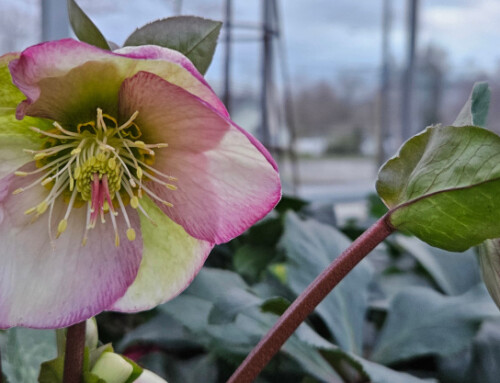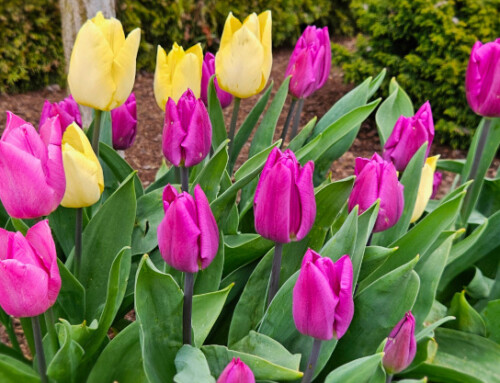Last summer I published a blog post about water-soluble fertilizers versus slow-release options and which type would work best for your plants. I spent a fair amount of page space writing about care for your annuals and hanging baskets–but what about the shrubs and trees in your yard?
The truth is, most plants–especially flowering types–will benefit from regular (even if only once a year) feeding to keep them looking their best and stay healthy. But certain plants will benefit more from specific fertilizers.
A great all-purpose fertilizer for the shrubs around your yard is Jack’s ClassiCote. Like I wrote last year, you’re probably familiar with Osmocote–it’s a popular option. But like the Jack’s Classic water-soluble fertilizers, ClassiCote is higher quality, with a more even release of nutrients over time. If you’re looking for one fertilizer to use on everything, you’ll love the ease and quality ClassiCote provides.
Around northwest Washington, you’ll find a lot of rhododendrons. It is, after all, the state flower. Likewise, you’ll also find plenty of azaleas. Both of these plants like acidic soils–which we have plenty of in our part of the country. (As a side note, don’t ever bother with a pH test of the soil in your yard if you’re curious–you can assume it is acidic.) But, these plants need a special fertilizer for acid-loving plants, so treat them right. We recommend Espoma Azalea-Tone for anything you have that’s acid-loving, including many of the evergreens in your yard.
For roses, feed every six weeks from mid-spring through early September with Espoma Rose-Tone, our choice for lush growth and plentiful blooms. When feeding, be sure to also treat preventatively for insects and disease with Bonide Rose Shield Drench, a systemic insecticide and fungicide that treats through the roots, meaning you don’t have to spray your roses to have healthy plants.
Hydrangeas are another shrub that I often get customers asking about. As I mentioned, our soils around northwest Washington are acidic–and that means that most of your colored hydrangeas will eventually turn blue. You can “correct” this “problem” by adding garden lime to your soil to make it more alkaline and thus turn your flowers more pink or purple. If you enjoy blue and want to enrich the colors and make your hydrangeas even more healthy, try Jack’s Classic Hydrangea Blue fertilizer. This water-soluble blend is easy to use and will give you beautiful, rich blue flowers to enjoy throughout the summer.
Finally, if you have tree or shrubs that are susceptible to insects, treat them once each spring with Bonide Annual Tree & Shrub insect control. This liquid systemic provides a full year of insect protection against problematic garden pests. As far as tree care goes, it’s as easy as it could be.
For more information on care for specific plants in your yard, stop in at Vander Giessen Nursery and check out the products mentioned above or more specific solutions for your garden. We’re happy to help you choose the right product for the job!








Leave A Comment